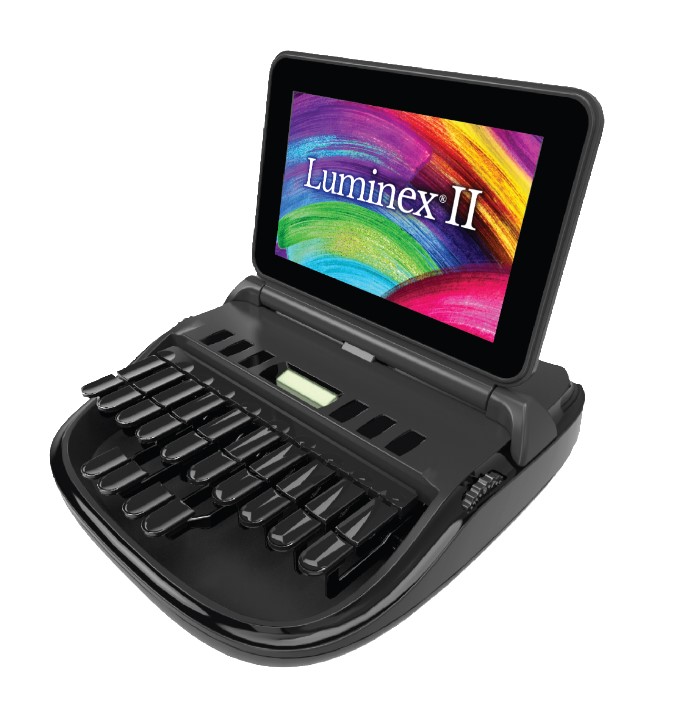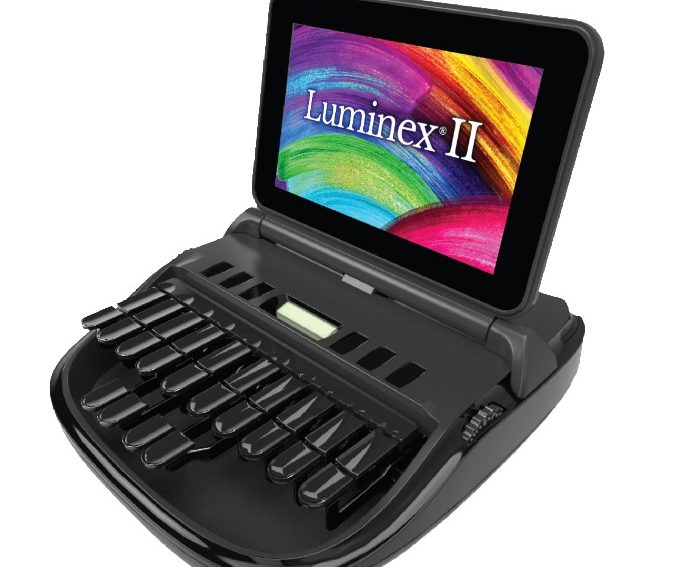
I have been a member of the Stenograph team for almost a year now, and a lot of that time has been dedicated to learning. It has been exciting to learn about the overall industry and how stenographers fit into it, but I also knew from the start that I would enjoy learning about the writing machine itself.
By happenstance, I saw a stenographer in action for the first time about a year before I applied to work at Stenograph, and I had all of the questions that stenographers have heard a million times over. “What is that? Are you hitting multiple keys at a time? Why are there fewer keys than letters in the alphabet? How do you keep up with all the speakers?” The woman was nice enough to answer some of my questions during our break and I continued to watch closely as she worked on this fascinating device.
Now that I’m a part of Stenograph, I’ve been able to learn a lot more from people who know how the internals of the machine work and it has only increased my appreciation for how incredibly precise writing steno really is. The aspect that continues to be the most impressive to me is how the writer tracks the movement of the keys. I didn’t know it at the time, but that first machine I saw was a Diamante, and I now know that is the first Stenograph model to use magnetic sensors to track the precise location of the keys at any given time. There is no on/off location for each key lever, instead it is a broad range and the way the keys move together informs the computer of the stenographer’s intention. To me, the system of magnets and sensors is just really cool.
Aside from the impressive mechanics of the magnet system, I have been trying to better understand how we utilize all of that information. TrueView in Case CATalyst has been helpful in visualizing the inputs the machine receives, and can help users to understand how their key presses are being interpreted by Case CATalyst. The Luminex II improves upon the system introduced in the Diamante, and the software that interprets those inputs and identifies potential discrepancies is constantly evolving. This has resulted in some differences in how the machine can be adjusted to fit an individual’s writing style, but we have also made the machine better at identifying “near misses” and when they should be ignored to prevent a split or a stack.
Ergonomics for the User
Aside from the ability to adjust the way the writer interprets strokes; a lot of work has been done to improve the stenographer’s ability to set the machine up in a comfortable position. I have some background in ergonomics, and I greatly appreciate the amount of flexibility the Luminex II provides in terms of the position of the writer and the action of the keyboard. Stenographers can adjust the depth of stroke, the tension on the keys, the angle of the machine, and the angle of the screen further than ever before. Flexibility to suit the needs of each user is one of the most important aspects of making an ergonomically sound device, and I think the Luminex II does a great job of providing that.
Stenograph has done a wonderful job of keeping the things that worked well for the Diamante and providing improvements and adjustments that make the Luminex II the most sophisticated writing machine the market has ever seen. I’m proud to be part of a team that has delivered such a great product.
If you are still writing on an older Stenograph machine, I would encourage you to get your hands on a Luminex II to try it out for yourself. Once you experience the difference, I’m sure you’ll be impressed. If you do like what you see and feel, there is no better time than now to make the jump! Our Black Friday specials are going on for the entire month of November. Visit our website or reach out to your local sales rep for more details.

